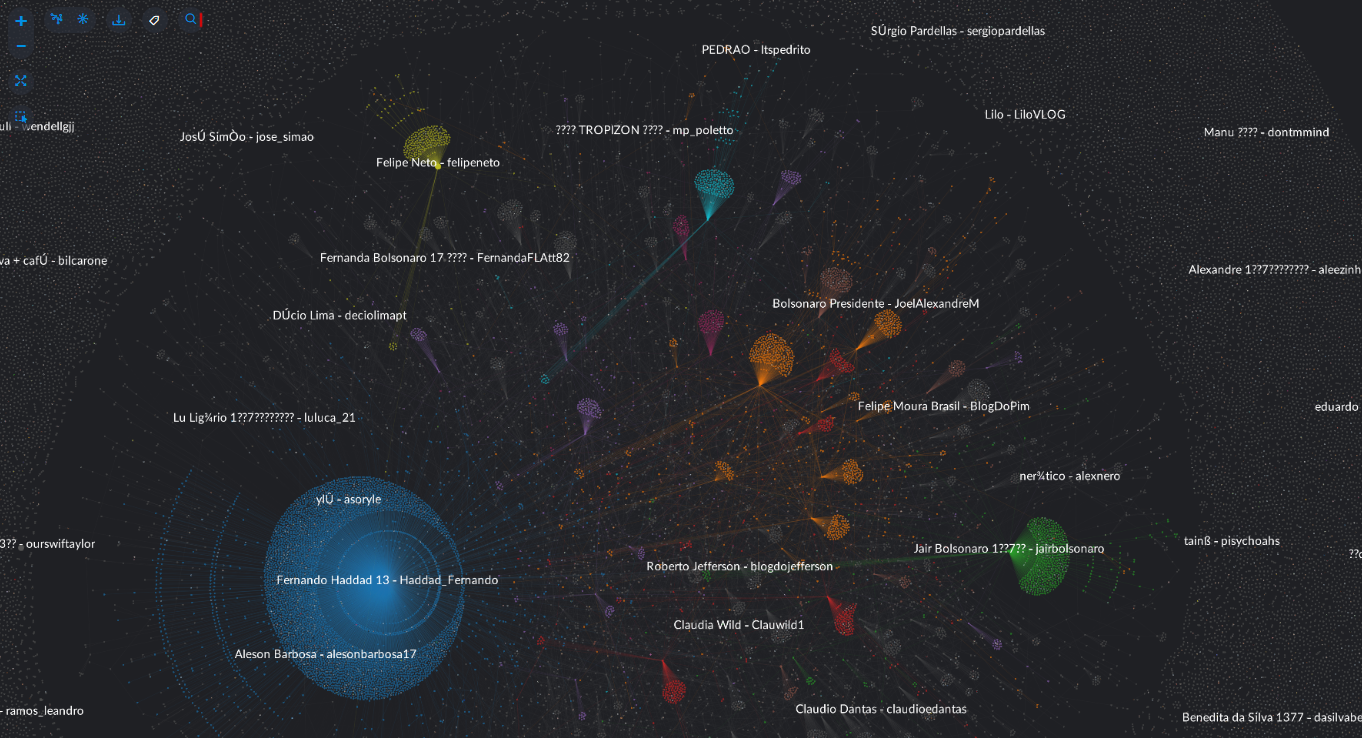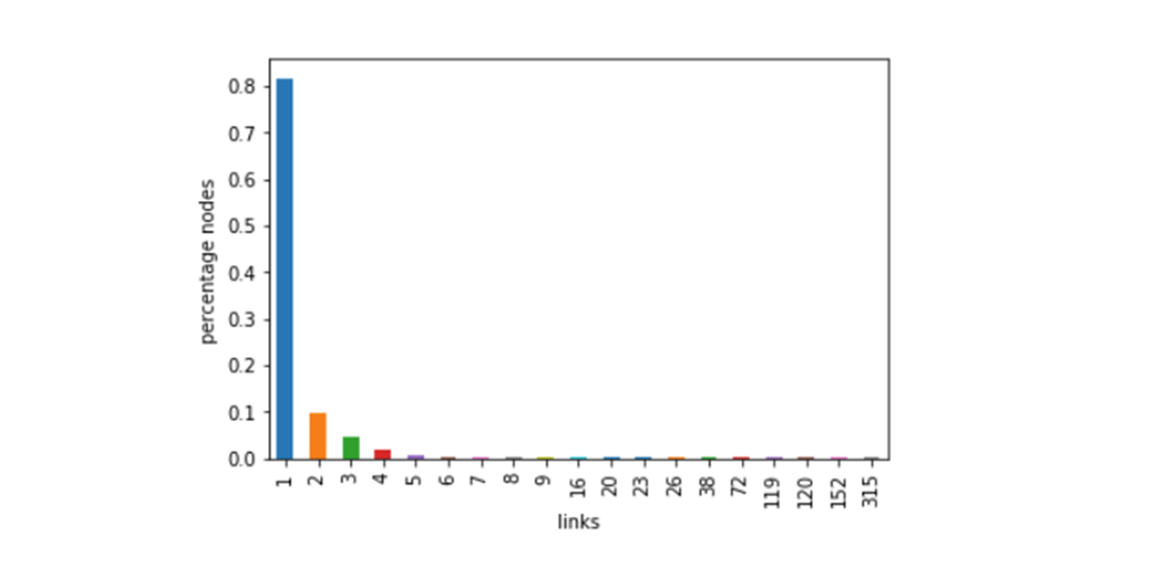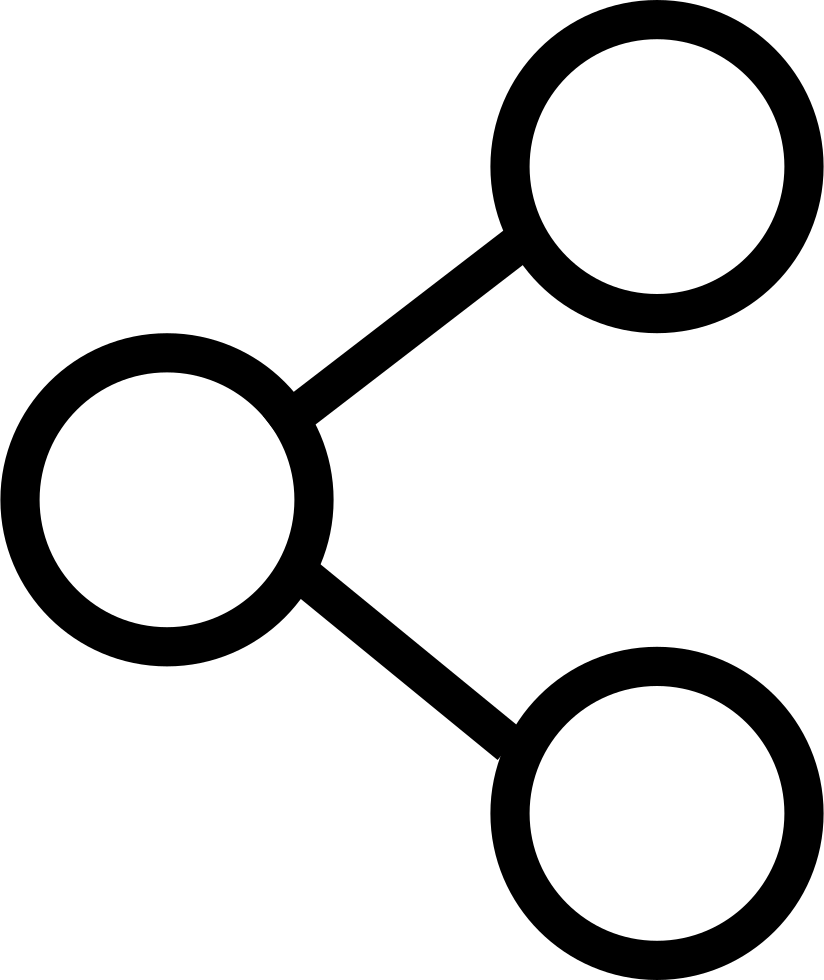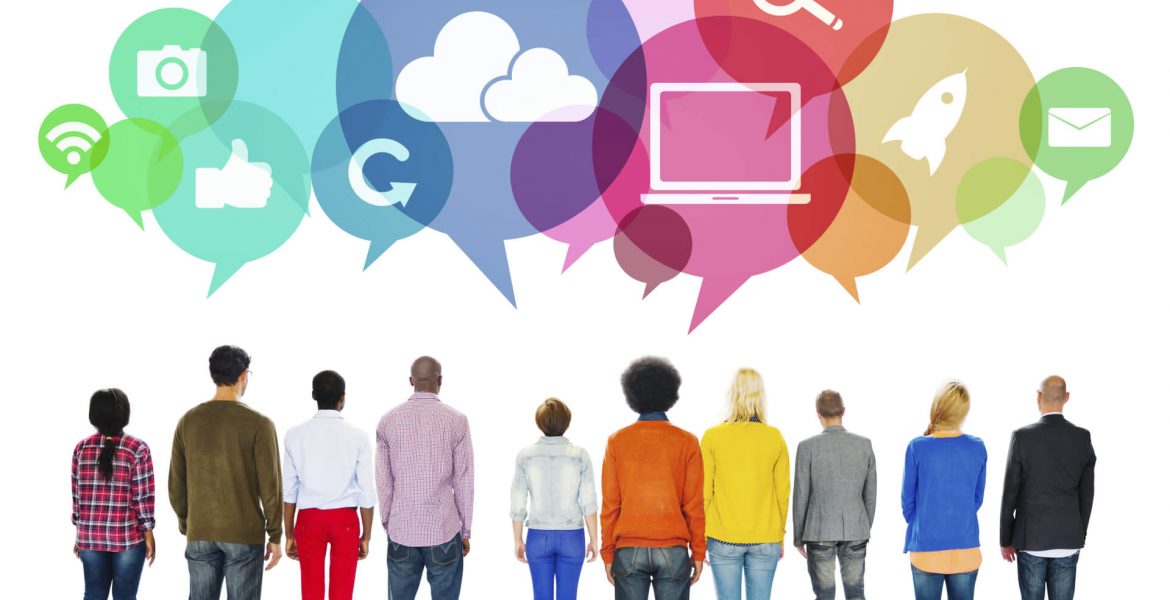
Second Round of Brazilian General Elections
An example of the new challenges of democracy
Sunday 28th October saw voting in the second round of the Presidential Election in Brazil, with a result that gave victory to Jair Bolsonaro, the candidate of the Social Liberal Party, with 56% of the votes against 44% for Fernando Haddad, the candidate of the Workers’ Party of ex-president Lula da Silva and ex-president Dilma Rousseff.
Eleven million voters (9.5%) preferred to spoil or leave blank their ballot papers and 31 million (21.3%) abstained. A record for Brazil, where the first signs of widespread disengagement were seen in 2014 when 27 million voters abstained, a trend that has been confirmed and increased in this election.
As we said in the first part of this article, the electoral reform passed in 2017 legalised for the first time the financing of internet electoral campaigning by candidates. A fact which is especially important in a country whose population spends more than almost all other countries on social media.[1] To analyse the electoral campaign on social media, we have gathered 110,000 mentions in the four days leading up to the vote which included the name of Bolsonaro or Haddad and key words relating to the election.

In the graphic, we show four large communities on Twitter, a community based round Haddad in blue has the highest number of mentions followed by the community formed by general mass media in orange and in third place the community formed round Jair Bolsonaro in green.
In the analysis, we can see the growth of the Haddad community (blue cluster) relative to our analysis of the first round, making him the most-often mentioned candidate and the one whose messages were most frequently re-sent. But we should not be taken in by an analysis like this based on absolute numbers of followers, mentions and re-tweets which is typical of the media and which, nonetheless, ignores significant factors such as the reach of the messages, the distribution of the communities and user sentiment. Despite the higher number of mentions of the candidate Haddad, the reach of his messages was considerably less than that of Bolsonaro's messages. The community round Haddad has the typical features of an echo chamber, with a central node which has a large number of connections but which even so has a much shorter reach as it is cut off from the rest of online debate.

In the graphic below we analyse the relation between the number of nodes and the ties of the different communities, with the blue community round Haddad showing the highest level of isolation.

Sunstein[2] is the writer who defined this echo chamber effect, an ancient and well-studied phenomenon in communication which causes followers of an ideology to get their information from sources which follow that ideology. The current communication system, dominated by the personalisation algorithms of social media, which try to give us information according to our tastes and interests, increases the number of these closed information spaces where the opinions of a given tendency feed on themselves and are heedless to opposing opinions, producing an effect of increased ideological polarisation in the population.
We analysed the organic growth and the prevalence of pro-Bolsonaro communities on social media in Brazil in the first round of the election in the first part of this article and Bolsonaro himself acknowledged that social media share a large part of the blame for his lead in the polls, and provoked a reaction from the Haddad team which spent a large part of his electoral budget for the second round on the campaign on social media. Whilst Haddad's party has declared the highest spending on “Internet-based campaigning”, with a total of R$1,013,000.00, Bolsonaro's party has only declared costs of R$115,000.00 for “Creation and posting of web pages”[3].
The supposed organic growth of Bolsonaro on social media caused journalists and the Superior Electoral Tribunal itself to wonder why there was no correlation between success on social media and his declared electoral expenses. On this topic, the Folha de Sao Paulo newspaper published a report[4] on 18th October in which it alleged that a number of businesses had paid for bulk anti-Workers’ Party messages on WhatsApp and that they were planning a big operation for the week before second round voting. According to the newspaper, the messaging amounted to a covert donation to the Bolsonaro campaign involving contracts with a value of R$12 million.
Regardless of whether the allegations prove to be true or false, the Haddad team's spending on social media does not seem to have taken into account the echo chamber effect and the importance of weak or relatively unconnected ties. Not wanting to leave your comfort zone and the echo chamber effect have a big influence on social media which are dominated by strong ties whilst they are much less important on networks with weak ties[5] which link disparate communities and so help to increase the effective reach of any messages. These very important weak ties are seen in organically growing communities and are difficult to create through paid follower recruitment and re-tweet campaigns.
Another relevant characteristic of today’s communication system is the importance of so-called influencers on social media who are presented as essential to any large-scale campaign of communication. In the case of Brazil, we can see that two of the communities which had the greatest visibility and influence in the debate were those of the lawyer and ex-president of the Supreme Court, Joaquim Barbosa; and perhaps more surprising because it is new but probably more representative of the new communication systems, the community of YouTuber Felipe Neto, shown in the first graphic in yellow, who had more than a million followers on Twitter and was the fifth most re-tweeted poster only surpassed by the two candidates, the newspaper Folha de Sao Paolo and Joaquim Barbosa, the ex-president of the Supreme Court mentioned earlier.
Another relevant characteristic of today’s communication system is the importance of so-called influencers on social media who are presented as essential to any large-scale campaign of communication.
Beyond the scope of our analysis of debate on social media but just as relevant in what we regard as a new era for electoral processes, we would like to end this report by highlighting the decision of the Superior Electoral Tribunal of Brazil to ban a video in which Jair Bolsonaro criticised electronic voting and called into question the trustworthiness of the electoral authority. The Electoral Tribunal ordered on 25th October that the video in which Bolsonaro directed criticism at the electronic voting system should be withdrawn from platforms such as Google Brazil and Facebook Brazil within 24 hours. The President of the Tribunal, Rosa Weber, said that the criticisms were legitimate but that those “who seek to undermine the credibility of Electoral Justice will find that there are limits to freedom of expression.” The video had, however, been published on 7th October and by the time it was banned it had circulated on social media in Brazil for 18 days and had been viewed millions of times on the various social media platforms on which it was posted.
In light of that and in the face of the wider alarm in society over the proliferation of fake news in the electoral campaign, the Electoral Tribunal of Brazil set up its Advisory Council on Elections and the Internet, which will attempt to identify the actions needed to fight and push back against disinformation in electoral periods. But are such new regulatory bodies or traditional electoral tribunals ready to react and take any necessary measures with the agility and speed that the pace of the new communication system demands?
The campaign in Brazil is a good example of the new challenges facing democracy: campaigns on social media which are difficult to police, disinformation strategies supported by international corporations, attacks on the probity of electoral authorities and the difficulty of maintaining security in the context of cyberthreats. Can we find solutions to these current challenges and those which will no doubt emerge in the years to come?
[1] Digital In 2018
[2] Sunstein, C. R. (2001). Echo Chambers: Bush v. Gore, Impeachment, and Beyond. Princeton: Princeton University Press.
[3] Divulgação de Candidaturas e Contas Eleitorais Eleição Geral Federal 2018 http://divulgacandcontas.tse.jus.br
[4] Empresários bancam campanha contra o PT pelo WhatsApp https://www1.folha.uol.com.br/poder/2018/10/empresarios-bancam-campanha-contra-o-pt-pelo-whatsapp.shtml
[5] Granovetter, M. S. (1973). The strength of weak ties. American journal of sociology, 78(6), 1360-1380.









Add comment